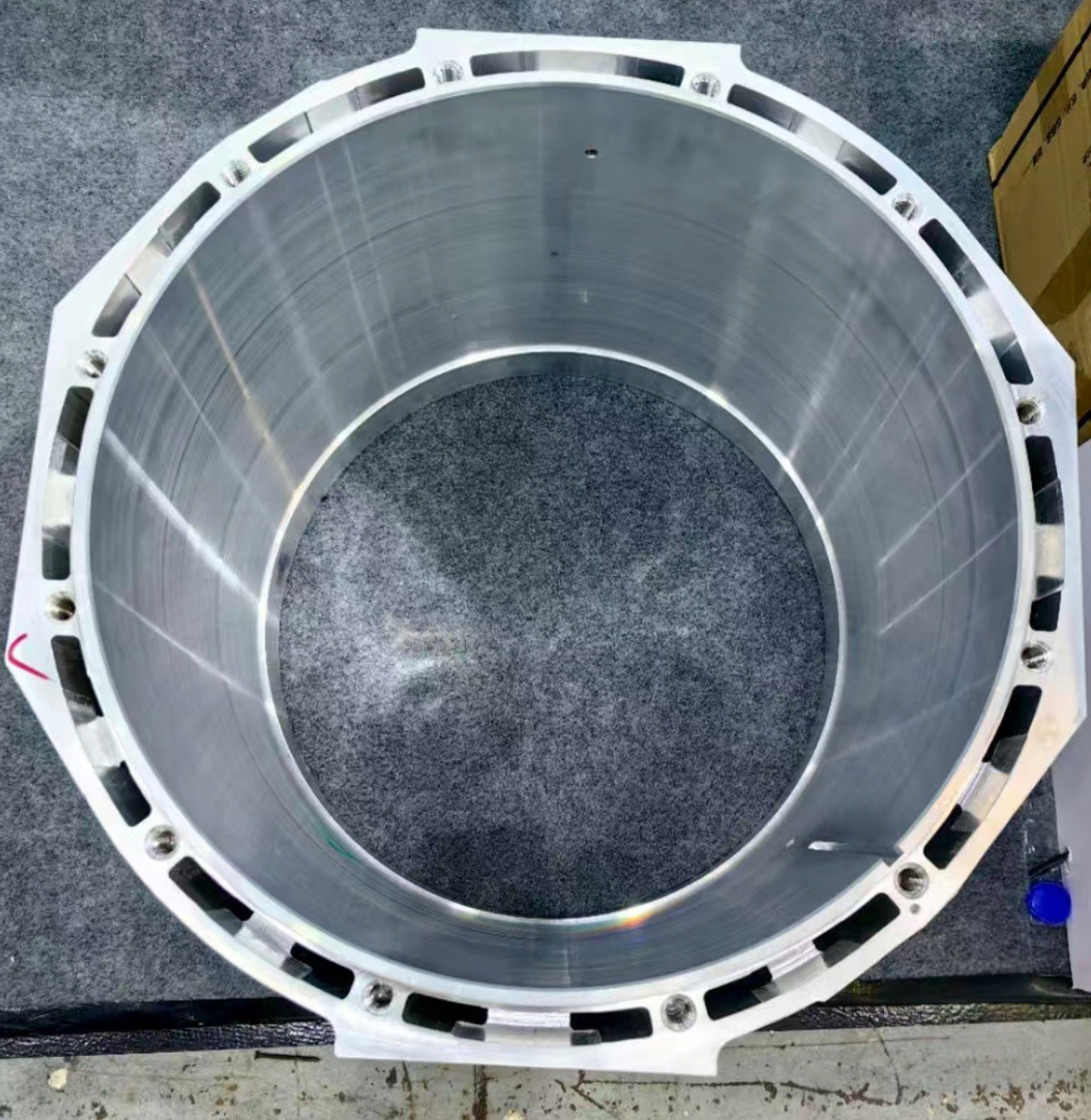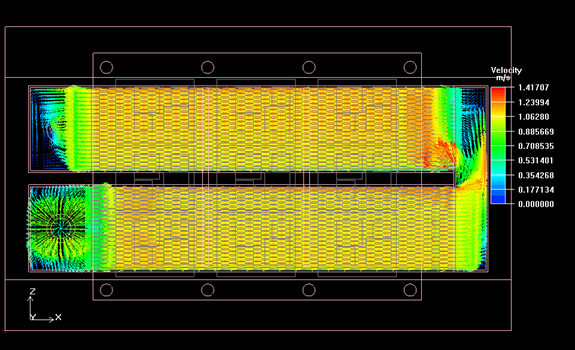Heat pipe heat sinks have become an integral part of many cooling systems, particularly in applications that require efficient heat dissipation. These ingenious devices are designed to transfer heat from a heat source to a heat sink, allowing for effective cooling and preventing components from overheating. In this blog post, we will explore the critical elements of a heat pipe heat sink and how they work together to dissipate heat.

Introduction to Heat Pipes
To understand the inner workings of a heat pipe heat sink, it’s essential to have a basic understanding of heat pipes. A heat pipe is a sealed copper or aluminum tube that contains a small amount of working fluid, typically water, ammonia, or methanol. The box’s inner walls are lined with a wick structure, which facilitates the movement of the working fluid.
The Purpose of a Heat Pipe
The primary purpose of a heat pipe is to transfer heat from one location to another. When the heat source (such as a CPU in a computer) generates heat, the working fluid inside the heat pipe absorbs the thermal energy and evaporates into vapor. This vapor then travels to the more fantastic end of the heat pipe, where the heat is dissipated to the surrounding environment. The steam condenses back into a liquid due to the lower temperature, and the liquid is then wicked back to the heat source to repeat the process.
Now that we have a basic understanding of heat pipes let’s delve into the critical components of a heat pipe heat sink.
1.Evaporator Section
The evaporator section is the heat pipe heat sink’s heat input end. It is the part that comes in direct contact with the heat source, such as a CPU or a power transistor. The evaporator section consists of three key components:
- Wick Structure: The wick structure is a capillary system that lines the inner walls of the heat pipe. It wicks the working fluid towards the evaporator section, ensuring a continuous fluid flow.
- Sintered Powders: Sintered powders are used as the wick structure in some heat pipes. These powders provide a high surface area for the working fluid to evaporate and improve the overall heat transfer capabilities of the heat pipe.
- Heat Spreader: The heat spreader is the interface between the heat source and the heat pipe and is usually made of copper or aluminium. Its purpose is to ensure that the heat is evenly distributed throughout the evaporator section and to maximise the efficiency of the heat transfer.
2.Condenser Section
The condenser section is the heat pipe heat sink’s heat dissipation end. It transfers the heat collected from the evaporator section to the surrounding environment. The condenser section also consists of several essential components:
- Fins: Fins are thin metal structures attached to the outer surface of the heat pipe. Their primary function is to increase the surface area for heat dissipation, allowing for more efficient cooling.
- Base Plate: The baseplate helps distribute heat evenly across the fins and provides a structural foundation for the heatsink. It is typically made of copper or aluminum and is in direct contact with the condenser section of the heat pipe.
- Heat Sink Housing: The heat sink housing encloses the finned structure and protects it from damage. It often includes fan mounting brackets or heat pipe mounting mechanisms.
3.Working Fluid
The choice of working fluid plays a crucial role in the heat pipe’s overall performance. Different liquids have varying boiling points and heat transfer characteristics. Commonly used working fluids include water, ammonia, and methanol. The selection of the working fluid depends on the desired operating temperature range, compatibility with other materials in the system, and reliability requirements.
How do the Components Work Together?
Now that we have discussed the critical components of a heat pipe heat sink, let’s explore how they work together to dissipate heat efficiently.
- Heat Transfer: The heat generated by the heat source is conducted through the heat spreader and into the working liquid in the vaporiser section—the high temperatures cause the active liquid to evaporate and turn into vapor.
- Vapor Flow: The vapor moves towards the condenser section due to the pressure difference between the evaporator and the condenser. The wick structure plays a crucial role in maintaining a continuous flow of the working fluid by capillary action.
- Heat Dissipation: As the vapor reaches the more excellent condenser section, it releases the heat to the fins through conduction. The fins increase the surface area, allowing efficient heat dissipation into the surrounding environment.
- Liquid Return: The vapor condenses into a liquid state after transferring the heat to the fins. The wick structure ensures the liquid is wicked back to the evaporator section, completing the cycle and preparing the heat pipe for the next heat transfer phase.
Combining a well-designed evaporator section, efficient working fluid, and optimized condenser section ensures heat is effectively transferred from the heat source to the surrounding environment.
Conclusion
Heat pipe heat sinks have revolutionized the field of thermal management, providing an efficient and reliable solution for cooling applications.
By understanding the critical components of a heat pipe heat sink and how they work together, we can appreciate the importance of these devices. They play a crucial role in dissipating heat and preventing overheating of crucial elements.
In summary, the evaporator section, working fluid, and condenser section form the core components of a heat pipe heat sink. When meticulously designed and integrated, these components enable efficient heat transfer and help maintain optimal operating temperatures. Whether you are a customer seeking a professional and reliable manufacturer of customized heat pipe heat sinks, or a group in search of professionally designed thermal solutions, understanding the key components will empower you. It will enable you to make informed decisions and ensure effective cooling in your applications.
If you want to delve deeper into the intricacies of heat pipe technology or explore customized heat pipe heat sink solutions, contact our team of experts. We are passionate about delivering cutting-edge thermal solutions tailored to your specific needs. Keep your systems cool and efficient with heat pipe heat sinks!



